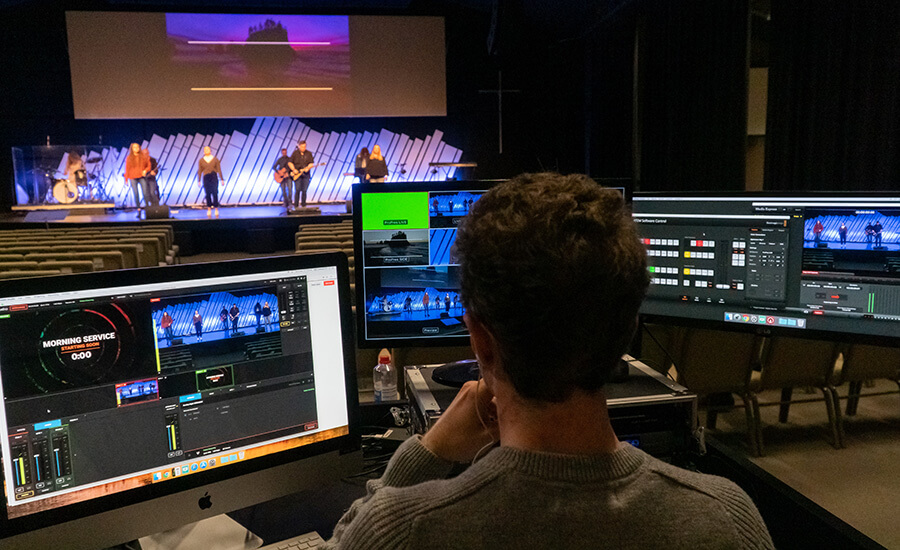One key advantage of audio over IP technology is its ability to connect various devices and systems seamlessly. Traditional broadcasting frequently relied on intricate wiring and tangible connections, which could be burdensome and limited. With AoIP, broadcasters can easily interface microphones, audio consoles, and other devices through a common infrastructure. This integration allows for off-site broadcasting and live transmissions from virtually any place, making it easier to connect with audiences across the globe. As a result, broadcasters can react quickly to ongoing events and listener demands, leading to more dynamic and captivating content.
Moreover, AoIP technology supports high-quality audio formats that enhance the listening experience. In contrast to conventional broadcasting techniques, which may compromise sound quality, audio over IP can preserve the purity of the audio stream during the delivery procedure. This implies that audiences can experience crisper and richer sound, whether they are tuning in via radio, streaming online, or using mobile devices. The ability to deliver high-fidelity audio is especially important for music and talk shows, where every detail matters to the audience.
Moreover, the adoption of audio over IP systems can lead to financial efficiencies for media companies. By leveraging existing infrastructure systems, companies can remove the need for costly hardware and large-scale cabling. This not only lowers upfront costs but also lowers maintenance expenses over time. Broadcasters can allocate resources more efficiently, investing in content creation and talent development. As a result, the entire broadcasting industry can benefit from increased creativity and inventiveness, as financial resources are reallocated toward enhancing programming and interacting with listeners.
In summary, the shift towards audio over IP systems is transforming the broadcasting landscape. By enabling smooth links, improving audio standards, and lowering costs, AoIP is paving see this website the way for a more connected future in broadcasting. As media organizations continue to adjust to these developments, they will be more prepared to satisfy the needs of their audiences, create compelling content, and stay competitive in an ever-evolving industry. The prospects of broadcasting is bright, and audio over IP will take a key role in defining how we experience audio programming in the future to follow.
